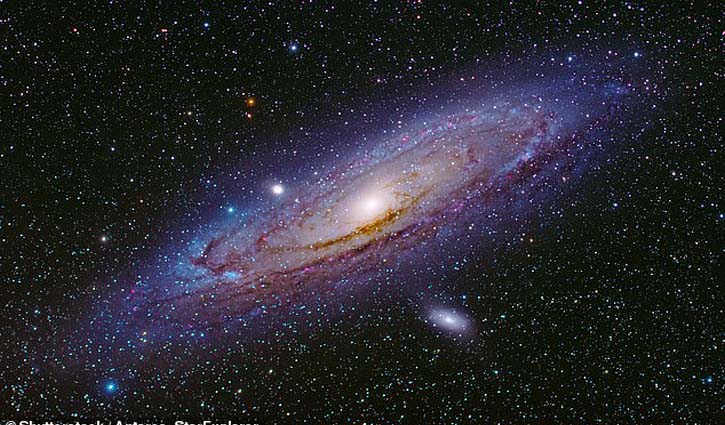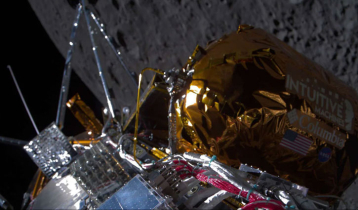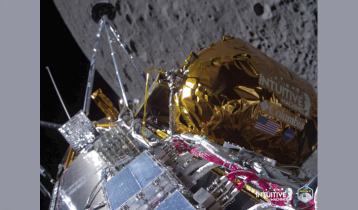Gaia satellite spots mysterious 'ghost' galaxy
4 || risingbd.com

International Desk: Astronomers have discovered a remarkably faint ‘ghost’ galaxy hiding behind the Milky Way’s disc.
The object, dubbed Antila 2 (or Ant 2), is roughly 10,000 times dimmer than another known satellite of the Milky Way and is considered to be a dwarf galaxy.
It was found by an international team who scoured data from ESA’s Gaia satellite in search of old, metal-poor stars that are often seen in this type of galaxy.
‘This is a ghost of a galaxy,’ said lead author Gabriel Torrealba.
‘Objects as diffuse as Ant 2 have simply not been seen before. Our discovery was only possible thanks to the quality of the Gaia data.’
Dwarf galaxies were the first to form in the early universe. Despite its massive size, the researchers say it gives off much less light than expected.
The team used data on RR Lyrae stars to locate the well-hidden object in the Milky Way’s neighborhood.
‘RR Lyrae had been found in every known dwarf satellite, so when we found a group of them sitting above the Galactic disc, we weren’t totally surprised,’ said co-author Vasily Belokurov, from Cambridge’s Institute of Astronomy.
‘But when we looked closer at their location on the sky it turned out we found something new, as no previously identified object came up in any of the databases we searched through.’
After spotting the stars, however, the team realized they had only a limited amount of time to get more data, as the Earth’s motion would soon render Ant 2 unobservable for months.
But, the researchers were able to measure the spectra of more than 100 red giant stars in time, allowing them to confirm the discovery.
According to the team, Ant 2 sits about 130,000 light-years from the Milky Way, and has a much smaller mass than expected given its size.
‘The simplest explanation of why Ant 2 appears to have so little mass today is that it is being taken apart by the Galactic tides of the Milky Way,’ said co-author Sergey Koposov, from Carnegie Mellon University.
‘What remains unexplained, however, is the object’s giant size. Normally, as galaxies lose mass to the Milky Way’s tides, they shrink, not grow.’
It remains unclear what process is to blame for Ant 2’s unusual size and luminosity, though some suspect vigorous star formation may have played a role.
‘Even if star formation could re-shape the dark matter distribution in Ant 2 as it was put together, it must have acted with unprecedented efficiency,’ said co-author Jason Sanders.
‘Compared to the rest of the 60 or so Milky Way satellites, Ant 2 is an oddball,’ said co-author Matthew Walker, also from Carnegie Mellon University.
‘We are wondering whether this galaxy is just the tip of an iceberg, and the Milky Way is surrounded by a large population of nearly invisible dwarfs similar to this one.’
Source: BBC
risingbd/Nov 14, 2018/Mukul
risingbd.com





































